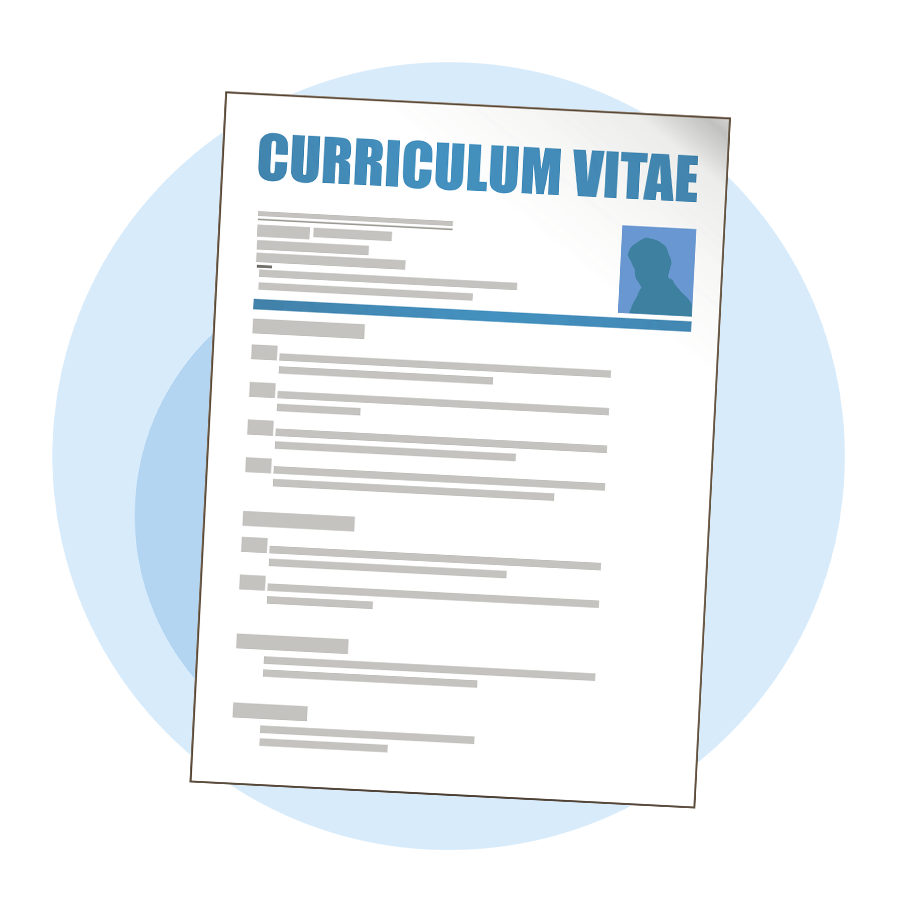| My Research Interest in RESIST |
My research interest in RESIST covers various topics: For example, my team is working on a vaccine against the coronavirus SARS-CoV-2 based on a smallpox virus. We also want to develop an antibody test that will also help to find out how well these antibodies protect against re-infection. Another topic is biofilms – accumulations of microorganisms embedded in self-produced matrices. They represent a major challenge in the treatment of patients – for example, when they grow on implants. I am interested in which factors of the immune system favour the formation of biofilms. I am also interested in how it is that some people are not protected against hepatitis B despite being vaccinated. And we are investigating to what extent advanced age contributes to the reactivation of herpes viruses.
Prof. Förster about his scientific work
Prof. Dr. Reinhold Förster – Curriculum Vitae
Current Position
Undergraduate and Postgraduate Training
Academic and Research Posts
Other Scientific Roles
Awards and Prizes

10 Selected Publications (of > 177 original publications)
Halle S, Keyser KA, Stahl FR, Busche A, Marquardt A, Zheng X, Galla M, Heissmeyer V, Heller K, Boelter J, Wagner K, Bischoff Y, Schwegmann R, Braun A, Werth K, Uvarovskii A, Kempf H, Meyer- Hermann M, Arens R, Kremer M, Sutter G, Messerle M, and Förster R. In vivo killing capacity of cytotoxic T cells is limited and involves dynamic interactions and T cell cooperativity. Immunity. 2016; 44: 233-45.
Ulvmar MH*, Werth K*, Braun A, Kelay P, Hub E, Eller K, Chan L, Lucas B, Novitzky-Basso I, Nakamura K, Rulicke T, Nibbs RJ, Worbs T, Forster R**, and Rot A.** The atypical chemokine receptor CCRL1 shapes functional CCL21 gradients in lymph nodes. Nat Immunol. 2014; 15: 623-30. *,** Equal contribution of the Förster and Rot lab, Joint first and senior authors, cover story
Fleige H, Ravens S, Moschovakis GL, Bolter J, Willenzon S, Sutter G, Haussler S, Kalinke U, Prinz I, Forster R. IL- 17-induced CXCL12 recruits B cells and induces follicle formation in BALT in the absence of differentiated FDCs. J Exp Med. 2014; 211: 643-51.
Stahl FR, Heller K, Halle S, Keyser KA, Busche A, Marquardt A, Wagner K, Boelter J, Bischoff Y, Kremmer E, Arens R, Messerle M, Forster R. Nodular inflammatory foci are sites of T cell priming and control of murine cytomegalovirus infection in the neonatal lung. PLoS Pathog. 2013; 9: e1003828.
Wendland M, Willenzon S, Kocks J, Davalos-Misslitz AC, Hammerschmidt SI, Schumann K, Kremmer E, Sixt M, Hoffmeyer A, Pabst O, Forster R. Lymph node T cell homeostasis relies on steady state homing of dendritic cells. Immunity. 2011; 35: 945-57.
Hammerschmidt SI, Friedrichsen M, Boelter J, Kremmer E, Pabst O, Forster R. Retinoic acid as dominant gut- homing navigator confers intestinal protection following subcutaneous immunization. J Clin Invest. 2011; 121: 3051-61.
Braun A, Worbs T, Moschovakis GL, Halle S, Hoffmann K, Boelter J, Munk A, Forster R. Afferent lymph-derived T cells and dendritic cells use different CCR7-dependent routes for lymph node entry and intranodal migration. Nat Immunol. 2011; 12: 879-87. cover story
Halle S, Dujardin HC, Bakocevic N, Fleige H, Danzer H, Willenzon S, Suezer Y, Hammerling G, Garbi N, Sutter G, Worbs T, Forster R. Induced bronchus-associated lymphoid tissue serves as a general priming site for T cells and is maintained by dendritic cells. J Exp Med. 2009; 206: 2593-601.
Forster R*, Schubel A, Breitfeld D, Kremmer E, Renner-Muller I, Wolf E, Lipp M. CCR7 coordinates the primary immune response by establishing functional microenvironments in secondary lymphoid organs. Cell. 1999; 99: 23-33. * corresponding author
Forster R, Mattis AE, Kremmer E, Wolf E, Brem G, Lipp M. A putative chemokine receptor, BLR1, directs B cell migration to defined lymphoid organs and specific anatomic compartments of the spleen. Cell. 1996; 87: 1037- 47. cover story

